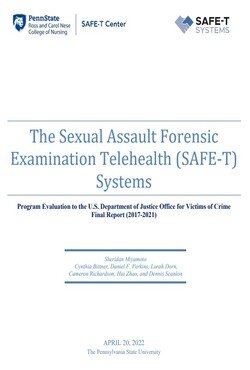By Andres I Vecino-Ortiza & Deivis N Guzman-Tordecilla
Objective: To assess the effect of a permanent gun-carrying restriction on gun-related mortality in Colombia between 2008 and 2014, and determine differences in the effect of the restriction by place of death and sex. Methods: In 2012, Bogotá and Medellín introduced a permanent gun-carrying restriction. We compared gun-related mortality rates in these cities (intervention cities) with the rates in all other Colombian cities with more than 500 000 inhabitants (control cities). We used data from the Colombian National Department of Statistics to calculate monthly gun-related mortality rates between 2008 and 2014 for intervention and control cities. We used a differences-in-differences method with fixed effects to assess differences in gun-related mortality in intervention and control cities before and after the introduction of the gun-carrying restriction. We stratified effects by place of death (public area or residence) and sex. We made robustness checks to test the assumptions of the models. Findings: Gun-related deaths in the control and intervention cities decreased between 2008 and 2014; however, the decrease was greater in the intervention cities (from 20.29 to 14.93 per 100 000 population; 26.4%) than in the control cities (from 37.88 to 34.56 per 100 000 population; 8.8%). The restriction led to a 22.3% reduction in the monthly gun-related mortality rate in Bogotá and Medellín. The reduction was greater in public areas and for males. Robustness checks supported the assumptions of the models. Conclusion_ The permanent restriction on carrying guns reduced gun-related deaths. This policy could be used to reduce gun-related injuries in urban centres of other countries with large numbers of gun-related deaths.
Bulletin of the World Health Organization, 98 (3): 170 - 176





















